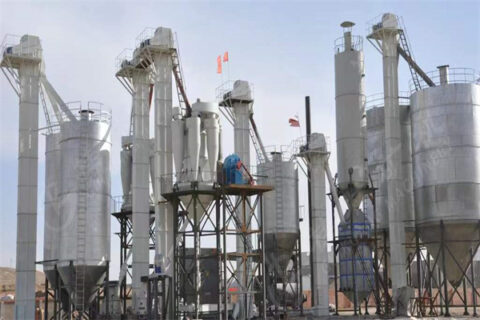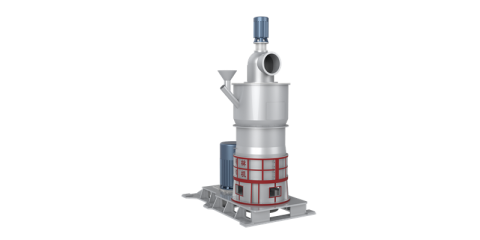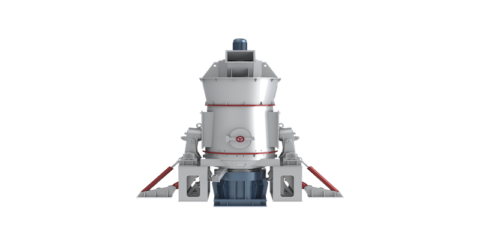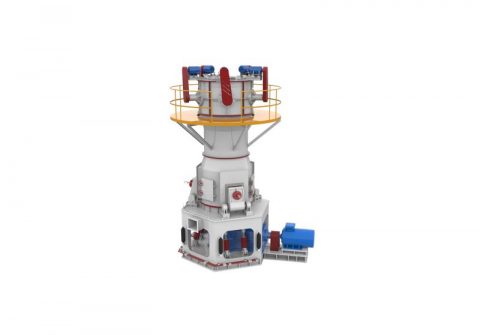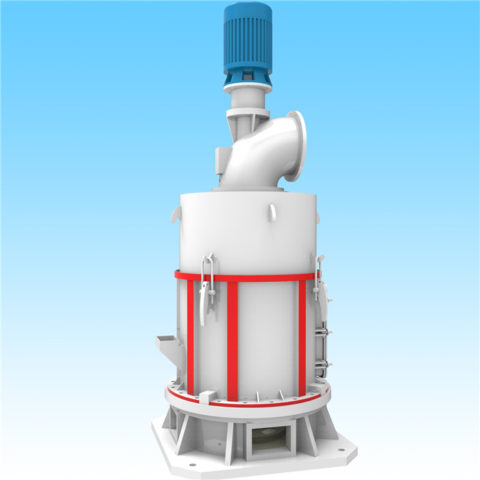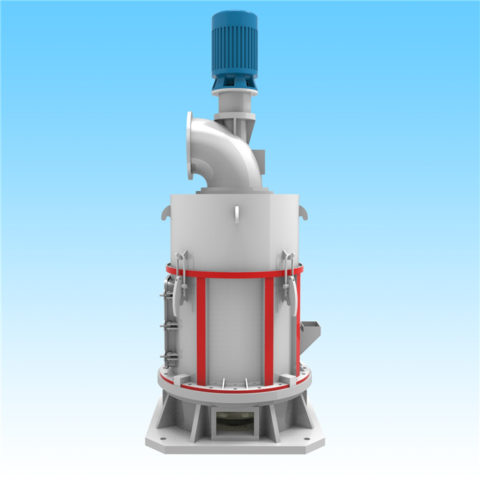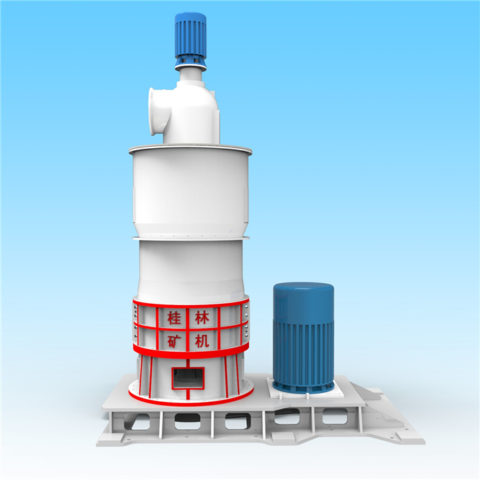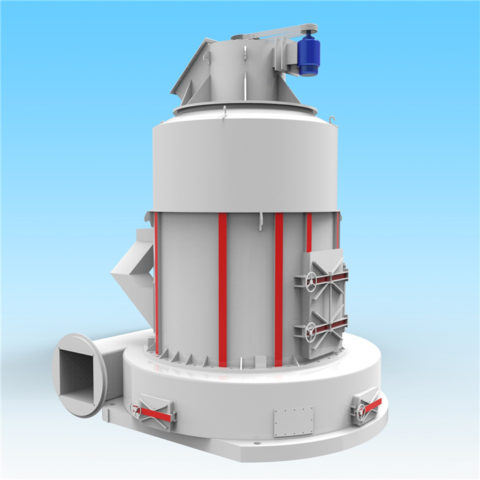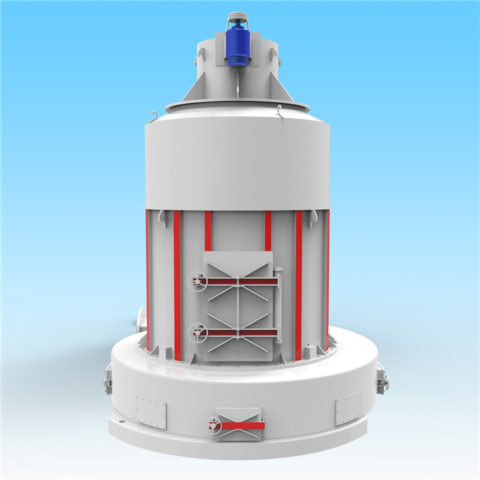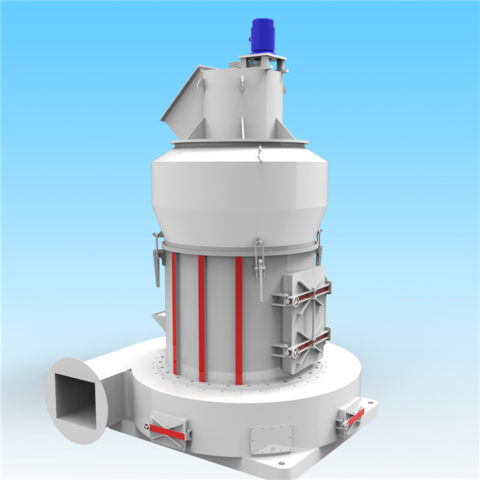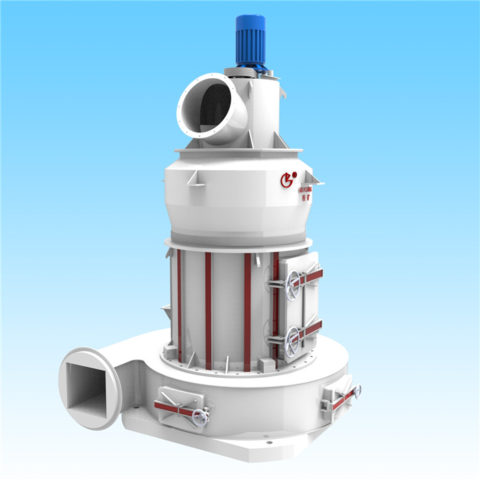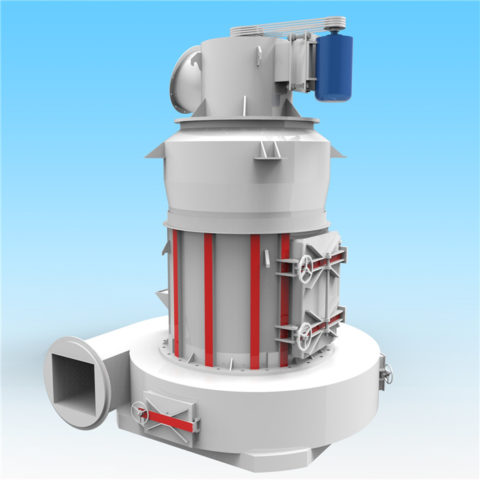Thermal power plants and coal-fired boilers are the industries with the most concentrated and largest sulfur dioxide pollution, and are also the key industries to control sulfur dioxide pollution. Limestone-gypsum flue gas desulfurization wet process (FGD) and calcium injection process in boiler are the most mature and widely used technologies to control sulfur dioxide emissions in the world. More than 90% of thermal power plants use limestone-gypsum desulfurization technology.
The working principle of limestone-gypsum desulfurization method is that the slurry made from desulfurized limestone powder and water is pumped into the absorption tower as an absorbent and fully mixed with the flue gas. The sulfur dioxide in the flue gas reacts with the calcium carbonate in the slurry and the air blown from the lower part of the tower to produce calcium sulfate. After the calcium sulfate reaches a certain saturation, it crystallizes to form gypsum dihydrate. The gypsum slurry discharged from the absorption tower is concentrated and dehydrated to make its water content less than 10%, and then transported to the gypsum storage bin for stacking by conveyor. The desulfurized flue gas is removed by the mist eliminator, heated by the heat exchanger, and then discharged into the atmosphere by the chimney. As the absorbent slurry in the absorption tower is repeatedly circulated with the flue gas through the circulating pump, the utilization rate of the absorbent is high, the calcium and sulfur ratio is low, and the desulfurization efficiency can be more than 95%.
Desulfurization by limestone-gypsum method requires the use of desulfurized limestone grinding mill to desulfurize limestone for pulverization. The required particle size of desulfurized limestone is 250 mesh or 325 mesh (45μm) The desulfurization effect of 325 mesh limestone powder is better. The fineness of limestone powder is an important factor that affects the desulfurization efficiency. The reaction contact area largely determines the chemical reaction speed. The finer the limestone powder particle is, the larger the mass specific surface area is, and the larger the contact area of the chemical reaction per unit mass is.
Desulfurized limestone Raymond mill is generally selected as the processing equipment for desulfurized limestone pulverization. After the large limestone is crushed to the required size by the crusher, it is sent to the storage hopper by the elevator, and then it is sent to the main grinding mill room of Raymond mill for grinding uniformly, quantitatively and continuously by the vibration feeder. The ground limestone powder is blown up by the wind and graded by the powder concentrator. Limestone powder meeting the fineness will flow through the pipeline and enter the powder separation system for separation and collection. The above is the process flow of desulfurization limestone pulverization.

